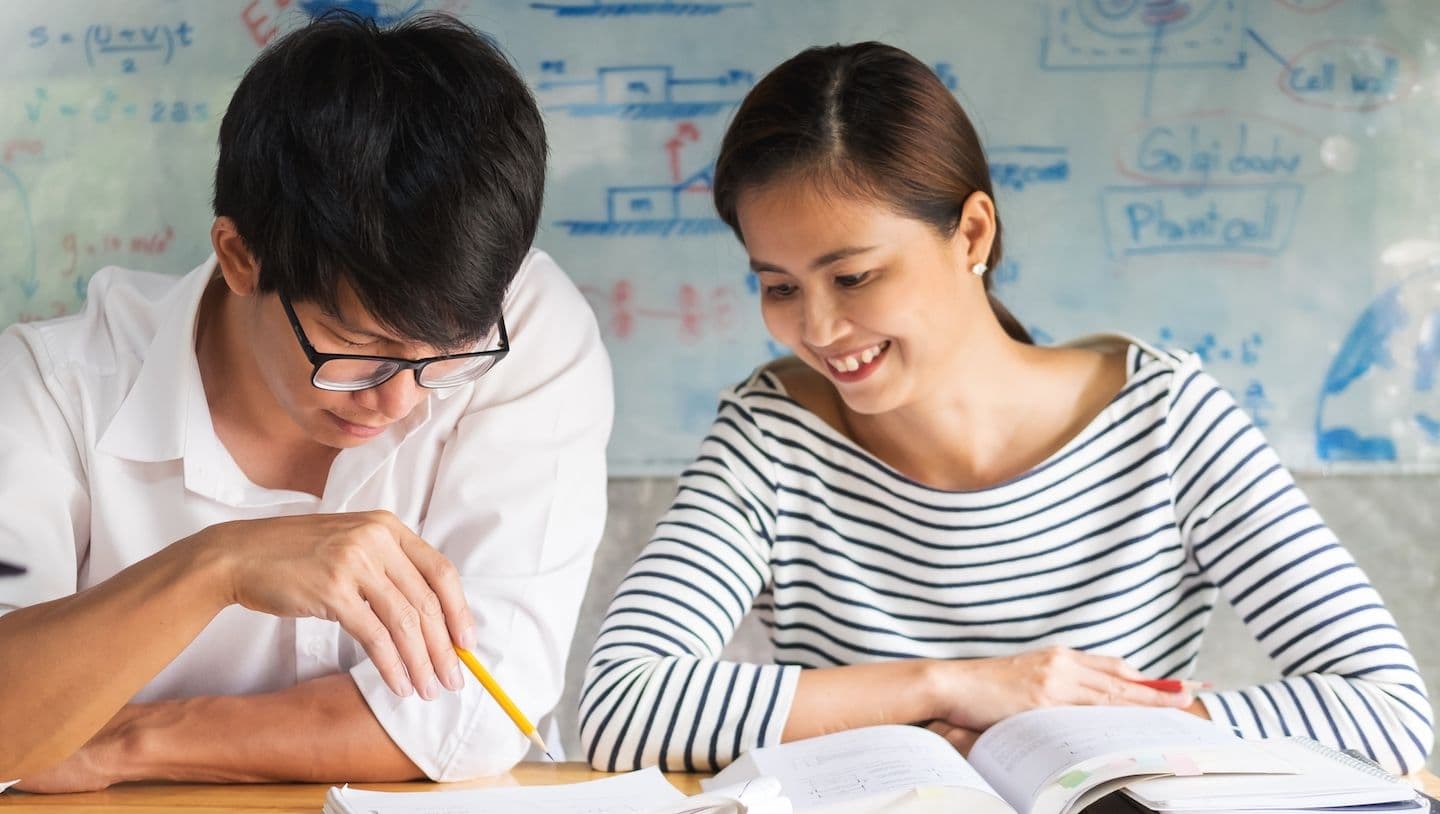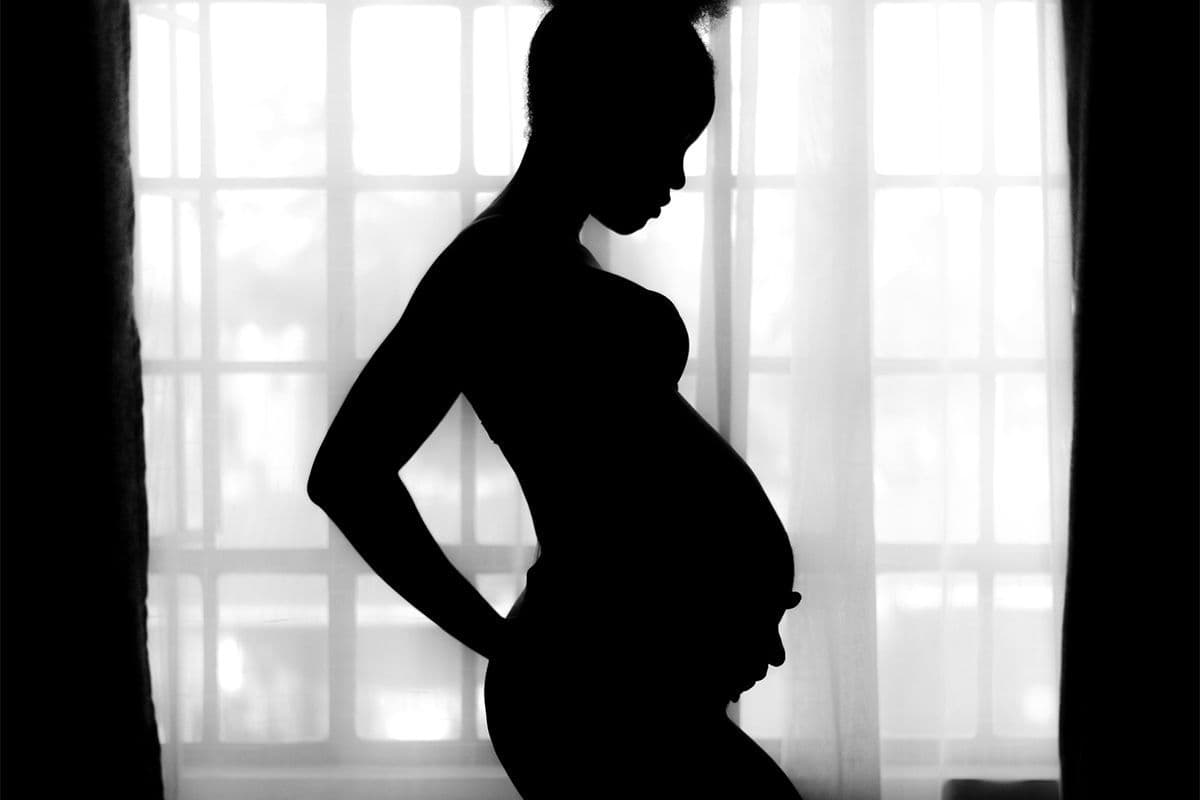Prenatal Yoga – Downward Facing Dog (Adho Mukha Svanasana)
Yoga
Obie Editorial Team
Benefits and Uses
The downward facing dog is frequently used in a yoga class as a resting or transitional pose in which to hold and breathe. It strengthens the arms back and shoulders, lengthens the spine and stretches the backs of the legs. The pose is challenging, however, and requires a lot of strength. Since the heart is below the belly in this pose, it is technically an inversion, which means it is only recommended for pregnant women for short periods of time. In an inversion (or upside-down pose), circulation moves away from the uterus, which can be dangerous for the baby for prolonged periods of time.
Directions
Come to your mat on all fours, knees directly below hips and wrists below shoulders for proper alignment. Using the strength of your legs and the support of your arms, lift up your hips and reach them up to the sky, stretching the backs of your legs and arms long. Your feet should be about hips width apart or wider, with your feet parallel or slightly pigeon-toed. Let your head hang heavy and your gaze can look back towards your belly in order to ensure a long neck and spine. You may want to keep a slight bend in your knees at first if your hamstrings are tight or to play around with weight distribution and stretch. You may also try bending alternate knees in a walking movement to stretch out each calf alternately.
- Breath: Use ujjayi breath in this pose or breath in through the nose and out through the mouth if that is more comfortable. Your breath will help you achieve comfort and ease in this pose, despite its difficulty. Mentally send the oxygen from your in-breaths to any part of the body or mind feeling a strain, and exhale the strain out with your out-breath.
- Modifications: In order to ensure that blood flow to the uterus and baby is not restricted, stay in this pose for short periods, maybe 30 seconds or so; pay attention to whatever feels right and comfortable for you. If you ever feel dizziness or shortness of breath slowly come out of the pose and rest.
- Release: When you are ready, come out of the pose the same way you went in. Bend the knees and bring them down to the floor. Spread the knees wide and bring your chest and belly to the floor, resting on them or between them in child’s pose(garbasana).









